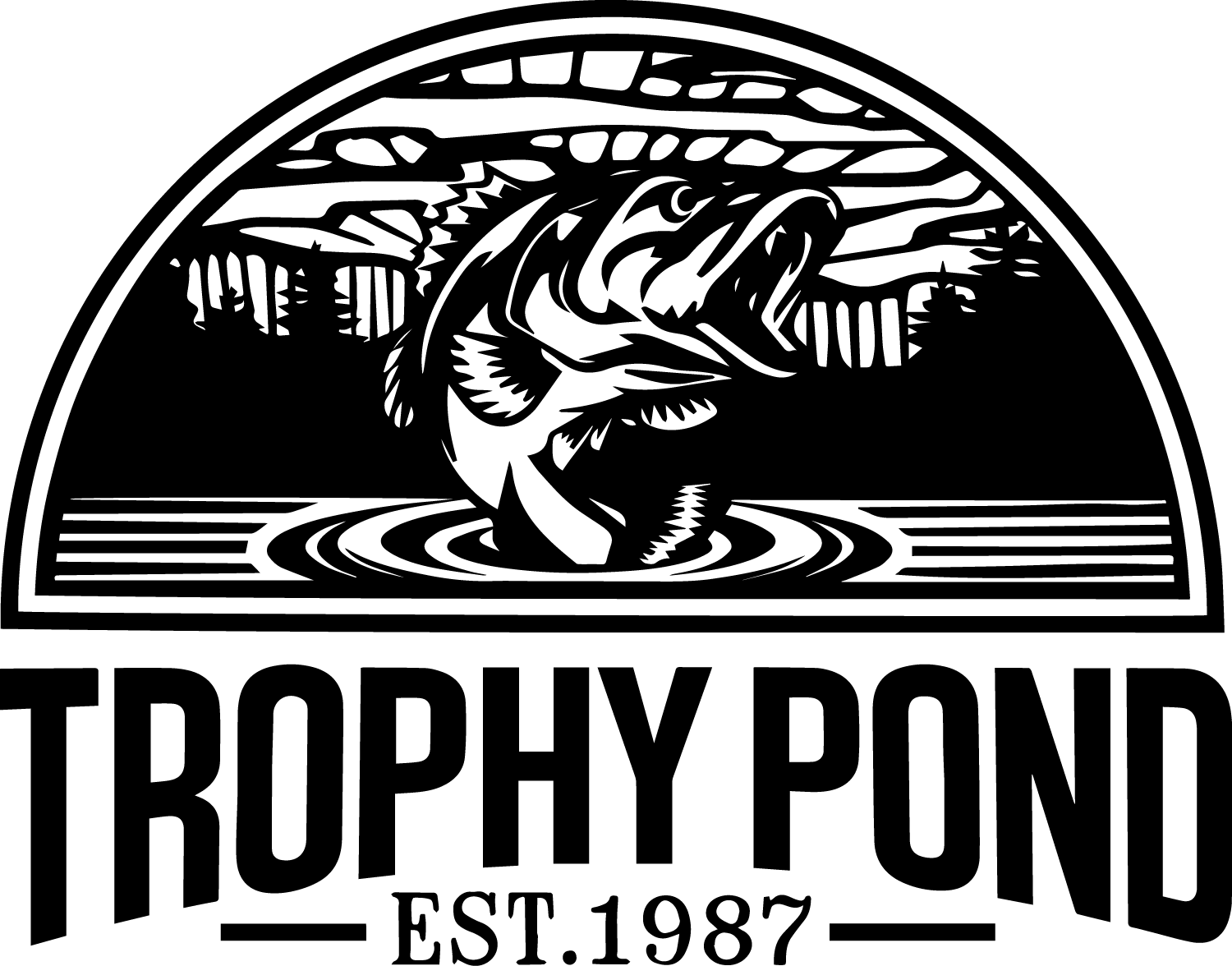Tennessee Lake Management and Tennessee Pond Management: Aquatic Plants: the Engine for Your Pond’s Natural Food Web
When I was a teenager, Kentucky Lake was not known nationally as a premier bass fishing location. But a few years later, low water levels from drought conditions resulted in clearer water which in turn led to greatly increased levels of aquatic vegetation - the new plant growth, in turn, resulted in a boom in the bass fishing. This article by a prominent fishing guide on the lake gives you an idea of how much the weeds were appreciated by knowledgeable fishermen:http://www.parislanding.com/aquatic_vegetation1.htmOne of the ways fisheries biologists quantify the productivity of a lake, how many pounds of fish per acre it can support, is by looking at the percentage of the lake that has aquatic plant growth. Lakes with significant plant coverage support four to sixteen times more pounds of fish per acre than ones without. There are multiple reasons for this. Aquatic plants furnish habitat for aquatic invertebrates, which in turn greatly increases invertebrate numbers; these invertebrates are the primary natural food of bluegill and most other species of sunfish, so bluegill and sunfish numbers in general tend to increase in weedy lakes, as does the average size of sunfish.Plants also furnish refuge from predation, both for prey species such as bluegill, and for predator species when they’re in the fry and fingerling stages and most vulnerable to predation.In short, lakes with good standing crops of plants will generally support larger crops of fish.Why then, you might reasonably ask, do many pond consultants treat all aquatic plants as though they’re poison for your pond to be avoided at all costs? Why do many of them stock grass carp in every new pond or lake they stock?Plants, also known perjoratively as weeds, are considered by some landowners to be unsightly; they’re also considered by many fishermen to be difficult to fish. And, to be fair, some species of aquatic plants that are common in ponds and small lakes can indeed get out of control and have significant negative consequences to the fishery; duckweed and watermeal, for example, are known for spreading quickly to where they cover the entire surface of a pond, at which point they can cause a fish kill from oxygen depletion.But there are many species of aquatic plant that will not cover the entirety of a pond with a normal depth profile (having a reasonable amount of water deeper than five feet deep); many species will not grow in water more than a foot or two deep, while there are many other species that will not grow in water deeper than four feet. These species of plant also tend to spread much more slowly than invasive species, making them easier to control.Think for a second about all the wildlife paintings you have seen featuring lunker largemouth bass. How many of those paintings portray the bass living in a swimming-pool lake with clean banks and bottom, just the fish in water with no habitat? Almost always that mossback is lurking near a fallen tree or stump; but nine times out of ten there’s a lily pad or three in the picture as well. Cattails stand a good chance of being in the frame somewhere. There’s a reason for the plants in the drawings: the lakes that have plants are the ones that produce painting-worthy bass.It’s important to have the right plants in your pond or lake. Lily pads, for example, can be great in a large reservoir that has a sizable area too deep for them to grow; but a private lake, even one forty acres in size, can be of a depth to where they can cover it from bank to bank.If you’re ready to take your lake or pond to the next level with real habitat, give us a call.
